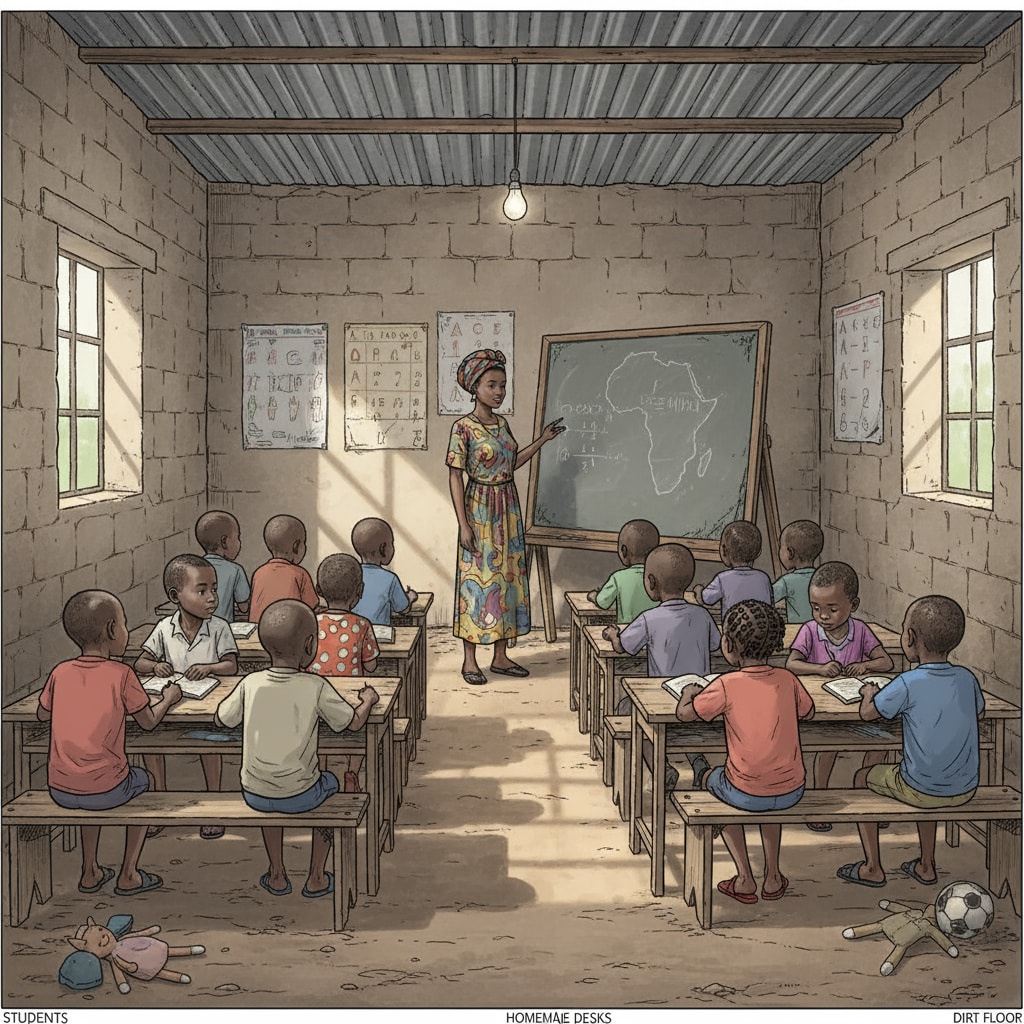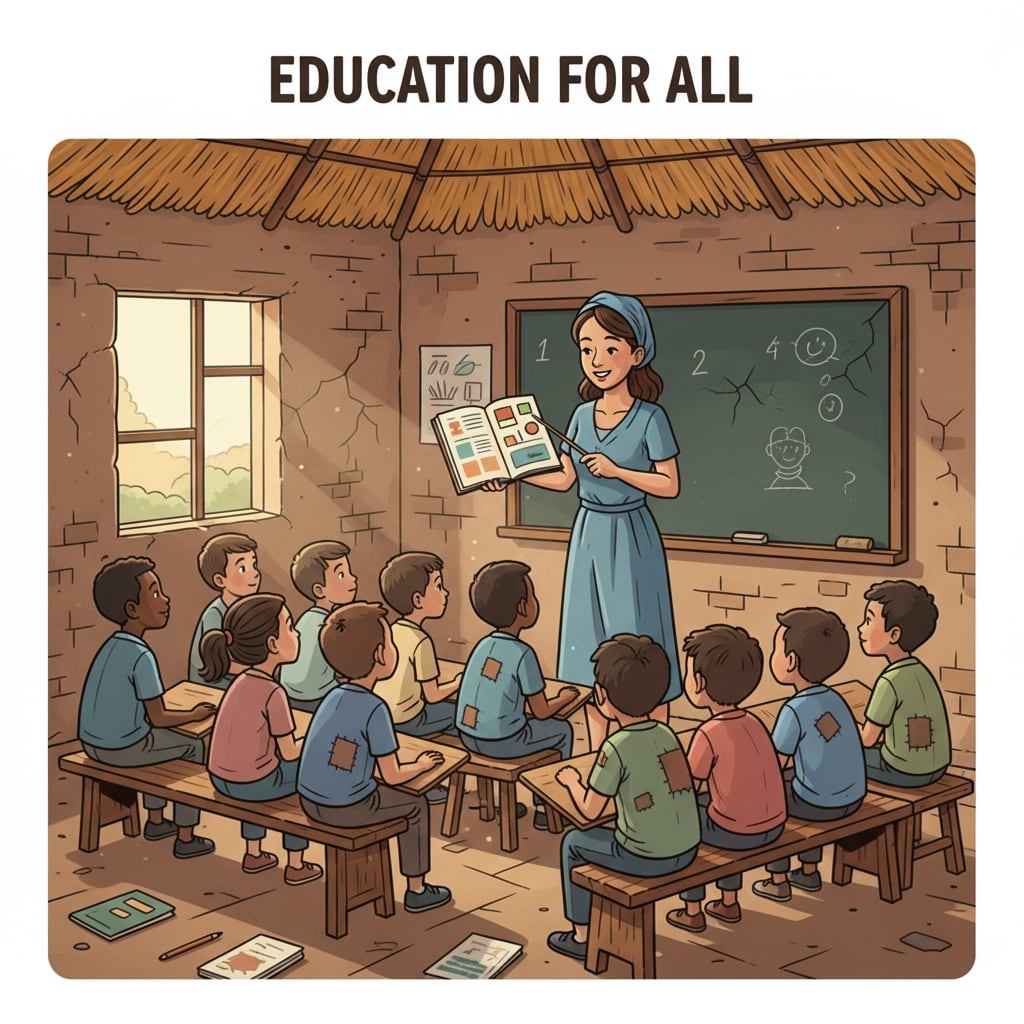Educational inequality, resource allocation, and educational reform are crucial aspects in understanding South Africa’s education system. The persistent issue of inequality in South Africa’s education has become a significant obstacle to the nation’s development. The gap between affluent and poor schools continues to widen, and issues like low teacher pay and inappropriate curriculum settings further exacerbate this problem.

The Root Causes of Educational Inequality
One of the primary causes of educational inequality in South Africa is the unequal distribution of resources. Wealthy schools often have access to state – of – the – art facilities, well – stocked libraries, and advanced teaching technologies. For example, they can afford to hire highly qualified teachers with competitive salaries. On the contrary, poor schools lack basic resources such as textbooks, proper classrooms, and even clean water. According to Wikipedia’s entry on Education in South Africa, this resource disparity has a direct impact on the quality of education students receive.
Another factor is the historical legacy of apartheid. During the apartheid era, the education system was deliberately designed to be discriminatory, providing substandard education to black and other non – white communities. This has led to a long – term disadvantage in educational attainment, as generations have been affected. Even after the end of apartheid, the effects of this discriminatory system still linger, contributing to the current educational inequality.
The Impact of Low Teacher待遇 and Curriculum Issues
The low pay and poor working conditions of teachers in South Africa are significant problems. Teachers in underprivileged areas often receive less compensation compared to their counterparts in more affluent regions. As a result, many talented educators are reluctant to work in these areas, leading to a shortage of quality teachers. This directly affects the learning experience of students in these schools. Additionally, the curriculum in some schools may not be relevant to the local context or the needs of students, further hampering their educational progress.

To address these issues, comprehensive educational reform is essential. Firstly, there needs to be a more equitable distribution of resources. The government should allocate more funds to poor schools, ensuring they have access to basic amenities and educational materials. Secondly, teacher training and professional development programs should be enhanced to improve the quality of teaching. Moreover, the curriculum should be revised to be more inclusive and relevant to the diverse needs of South African students.
Readability guidance: In this article, we have explored the root causes of educational inequality in South Africa, such as resource distribution and historical legacies. We also looked at the impact of teacher – related issues and curriculum problems. By understanding these aspects, we can work towards implementing effective educational reform strategies to create a more just and inclusive education system.


